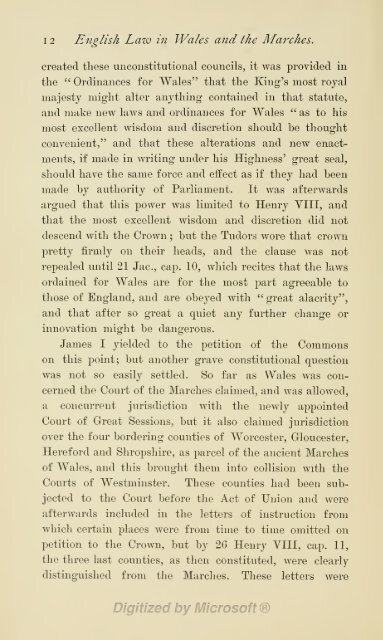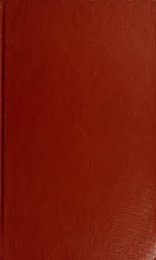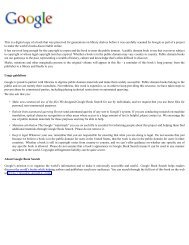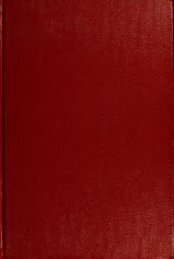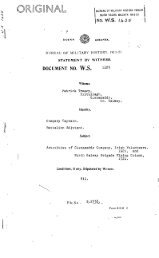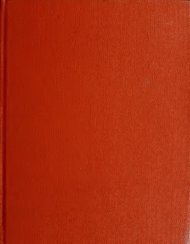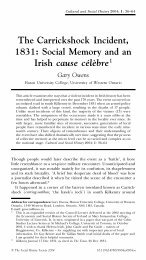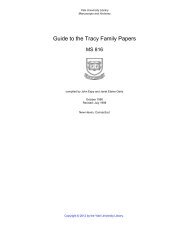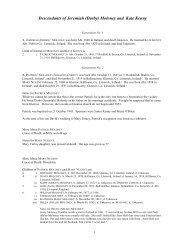Y Cymmrodor. v. XIV. 1901.
Y Cymmrodor. v. XIV. 1901.
Y Cymmrodor. v. XIV. 1901.
You also want an ePaper? Increase the reach of your titles
YUMPU automatically turns print PDFs into web optimized ePapers that Google loves.
1 2 English Laiv in Wales and the Marches.<br />
"S<br />
created these unconstitutional councils, it was provided in<br />
the " Ordinances for Wales" that the King's most royal<br />
majesty might alter anything contained in that statute,<br />
and make new laws and ordinances for Wales " as to his<br />
most excellent wisdom and discretion should be thought<br />
coiwenient," and that these alterations and new enact-<br />
ments, if made in writing under his Hig'hness' great seal,<br />
should have the same force and effect as if they had been<br />
made by authority of Parliament. It was afterwards<br />
argued that this power was limited to Henry YIII, and<br />
that the most excellent wisdom and discretion did not<br />
descend with the Crown ;<br />
but the Tudors wore that crown<br />
pretty fìrinly on their heads, and the clause was not<br />
repealed until 21 Jac, cap. 10, which recites that the laws<br />
ordained for Wales are for the most part agreeable to<br />
those of England, and are obeyed with " great alacrity",<br />
and that after so great a quiet any further change or<br />
innovation might be dangerous.<br />
James I yielded to the petition of the Commons<br />
on this point; but another grave constitutional question<br />
was not so easily settled. So far as Wales was con-<br />
cerned the Court of the Marches claimed, and was allowed,<br />
a concurrent jurisdiction with the newly appointed<br />
Court of Great Sessions, but it also claimed jurisdiction<br />
over the four bordering counties of Worcester, Gloucester,<br />
Hereford and Shropshire, as parcel of the ancient Marches<br />
of Wales, and this brought them into collision with the<br />
Courts of Westminster. These counties had been sub-<br />
jected to the Court before the Act of Union and were<br />
afterwards included in the letters of instruction from<br />
which certain places were from time to time omitted on<br />
petition to the Crown, but by 26 Henry VIII, cap. 11,<br />
the three last counties, as then constituted, were clearly<br />
distinguished from the Marches. These letters were


